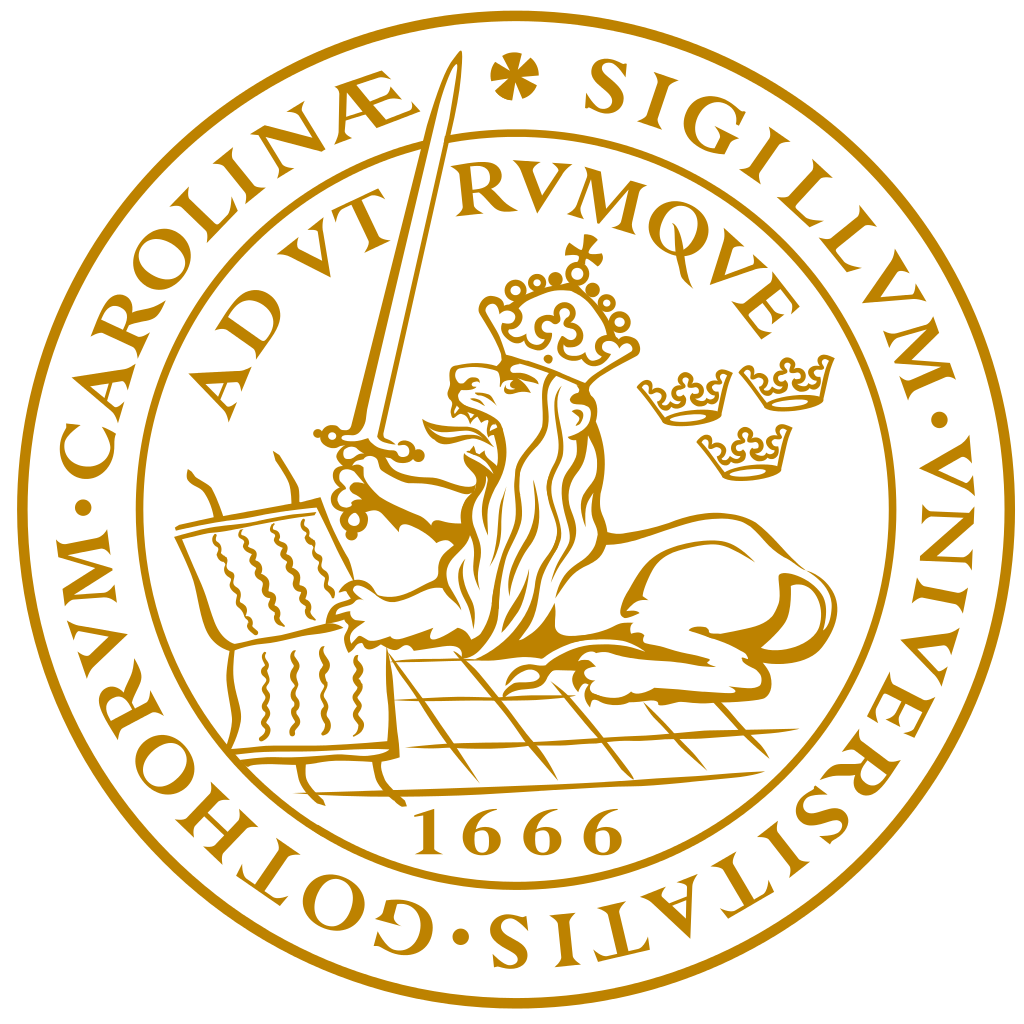- Ali Mansourian
Associate Professor Dr. Mansourian is the coordinator of the EMME project. He is Deputy Director of Lund University GIS Center and a member of the Center for Middle Eastern Studies, concentrating on MECW (The Middle East in the Contemporary World), one of the Lund University’s strategic research areas. He is a council member of Association of Geographic Information Laboratories in Europe (AGILE) and also senior adviser of World Health Organization Regional office in Europe (WHO/Europe) on using geographical information systems (GIS) for emergency risk management.
Dr. Mansourian is an expert in Geomatics Engineering with concentration on geographical Information Systems (GIS) and Spatial Data Infrastructures (SDI). He is expert in design, development, implementation, and evaluation of GIS and SDI; spatial modelling using techniques from artificial intelligence and machine learning; researcher with considerable experience from Sweden/Europe and developing countries (mainly Africa, Middle East and Central Asia). His research interests are on both technical and applied aspects of GIS/SDI. In application areas his research focuses on spatial epidemiology/health, disaster management, and urban planning. In technical parts his research has focus on semantic Web, geospatial services and service composition, digitalized and spatially-enabled society, VGI, and open data.
Ali Mansourian has long standing experience in project design, planning, coordination and implementation of national and international research and capacity building projects and long experience is organizing conferences and workshops at both national and international levels. He is also well experienced in organizing and conducting GIS and SDI courses.
Dr. Mansourian has written more than 150 published peer-reviewed scientific articles, books, and book chapters. He is evaluator of international scientific journals and European grants such as Horizon 2020 and ERC. He has supervised (3)/co-supervised (5) PhD students in Sweden, Iran, Uganda, Mozambique, Rwanda, and Tanzania and currently is supervising 3 PhD students in Sweden.
For more information visit: https://www.nateko.lu.se/ali-mansourian
